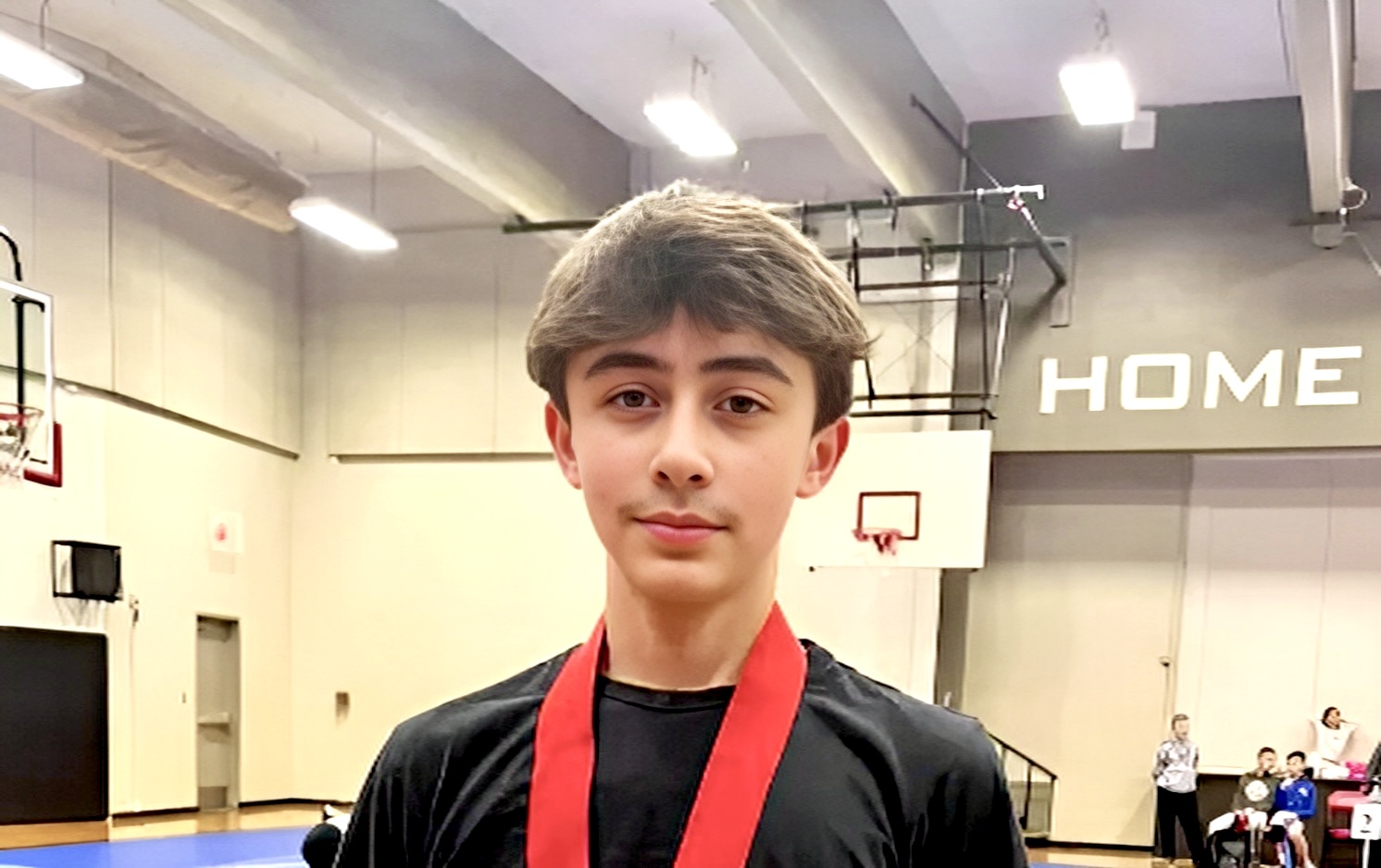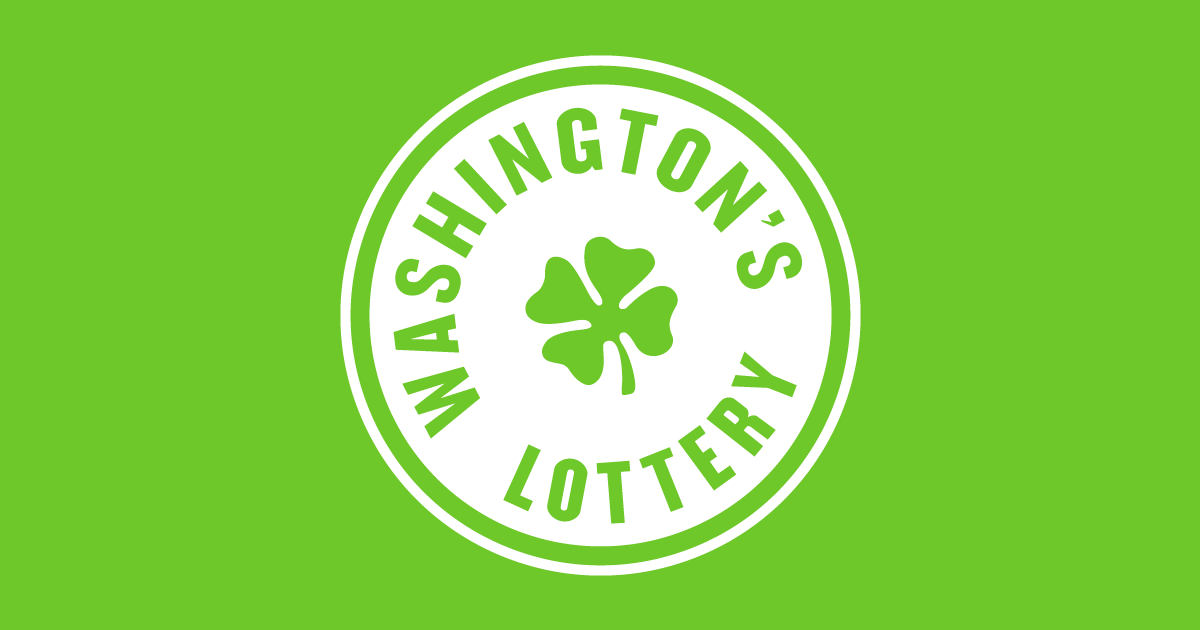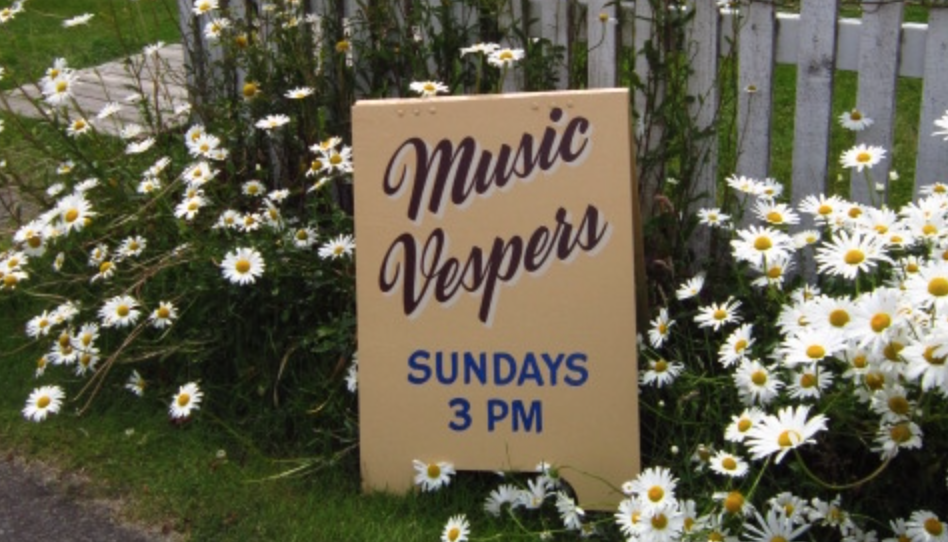No target practice until fire danger abates
Published 6:43 am Wednesday, August 8, 2018
WASHINGTON — With a drought and a brutal fire season affecting much of Washington, two state agencies have banned shooting on public land. The bans are temporary fire-prevention measures with very limited scope. However, they still caused confusion over the rules for some law-abiding gun-users, and outraged others.
As of Aug. 7, there were about 12 active wildfires in Washington, with many more in Oregon, Idaho, Montana and British Columbia, according to the Northwest Interagency Coordination Center. Fire danger is currently “high” for all of Western Washington and a small portion of Northeastern Washington. Fire danger is “extremely high” for 15 counties in central and Southeastern Washington, according to the state Department of Natural Resources, which manages wildfire response for the state.
The severe conditions led the state Department of Fish and Wildlife to announce a shooting ban on WDFW-owned land.
“Weeks of dry weather have raised the threat of wildfire on both sides of the Cascades, and it’s critical for all of us to avoid doing anything that could damage or destroy fish and wildlife habitat,” said Cynthia Wilkerson, manager of the department’s Lands Division, said in an Aug. 2 press release.
The DNR followed suit on Aug. 3, imposing a target-shooting ban on all 3 million acres of DNR-managed land in the state.
“Within days we expect to surpass the average number of wildfires that my crews normally respond to within an entire wildfire season,” Commissioner of Public Lands Hillary Franz said in a press-release. “Resources are stretched and we must all do our part to protect our communities and our firefighters.”
The bans came a few days after Gov. Jay Inslee declared a statewide emergency due to drought and fire-danger.
Neither ban has any affect on hunting rights, or legal shooting on private land.
According to WDFW, the ban “is consistent with shooting restrictions imposed by other state and federal land management agencies.”
Regardless, some Chinook Observer readers perceived the ban as a threat to their constitutional right to bear arms.
“Shooting ban..? Really..?? Moronic Liberals will use ANY excuse to attempt to remove our 2nd Amendment Rights… get in line, you ignorant sheep…!” Facebook user Diane Reed commented, shortly after the Observer shared the WDFW announcement. Others didn’t see the point of the ban.
“Ban…? Constitution says otherwise! Better ban lightning too….and anything metal….or glass…..no matches….no paper…..or anything combustible. When was the last time anyone heard of a fire started by a BULLET?” Facebook user Judy Wirkkala wrote.
On average, “DNR responds to 22 wildfires on DNR-managed lands each year caused by shooting — that includes illegal explosive targets and target practice,” according to the press release.
The biggest recent gun-related wildfire is probably the Lake Christine Fire, which has been burning in Eagle County, Colo. since July 3. As of Aug. 4, the fire, which had burned nearly 13,000 acres, was 90 percent contained. Experts determined the fire was caused by two people who were shooting tracer ammo — bullets that have a small pryrotechnic charge, which makes it possible for the shooter to see their trajectory. The shooters have been charged with arson.
Tracer ammo is not the only cause of gun-related fires. In 2013, a study by the U.S. Department of Agriculture “… found that bullets could reliably cause ignitions.”
Bullets with steel components in the core or jacket and those made of solid copper were especially likely to cause sparks.
“We have an analysis of the known causes of fires in the state since 2012,” Wilkerson, the Lands Division manager, said on Aug. 6. “Target shooting is the most common specific ignition source our land that we can influence.”
Lightning causes more fires than bullets, Wilkerson said. And some fires start on private land and then spread to public land. State agencies can’t do anything about that, Wilkerson said, but they can reduce wildfire risk by banning target shooting until conditions change.
“It’s the responsible thing to do,” Wilkerson said. “With the statewide emergency and the drought, we don’t want to be responsible for fires.”
She noted that wildfires can spread to private property, destroy wildlife habitat and cause millions of dollars in damage.
Several Facebook users — including some who said they own guns — defended the ban, pointing out that even soggy Pacific County is currently experiencing drought conditions. Some mocked the outrage over the ban.
“I just came here to see how the ammosexuals are pooping their Pampers,” Facebook user Nathan Walyer wrote.
Other gun enthusiasts see the bans as a minor inconvenience rather than a threat to their Second Amendment rights.
In the WA_Guns Reddit forum, several users asked questions about how to comply with the ban, or where they could go to get in some target practice until the fire danger passes. Many thought the ban made sense.
“As annoying as this is, it’s probably for the best,” wrote user Cascadianarchist2.
“The woods are like tinder lately, wouldn’t take much to set off a fire. Just like campers have to give up cooking fires … we shooters have to figure in what ecological impact our activities might have and how they can precipitate fires during these longer and longer summer dry spells.”





